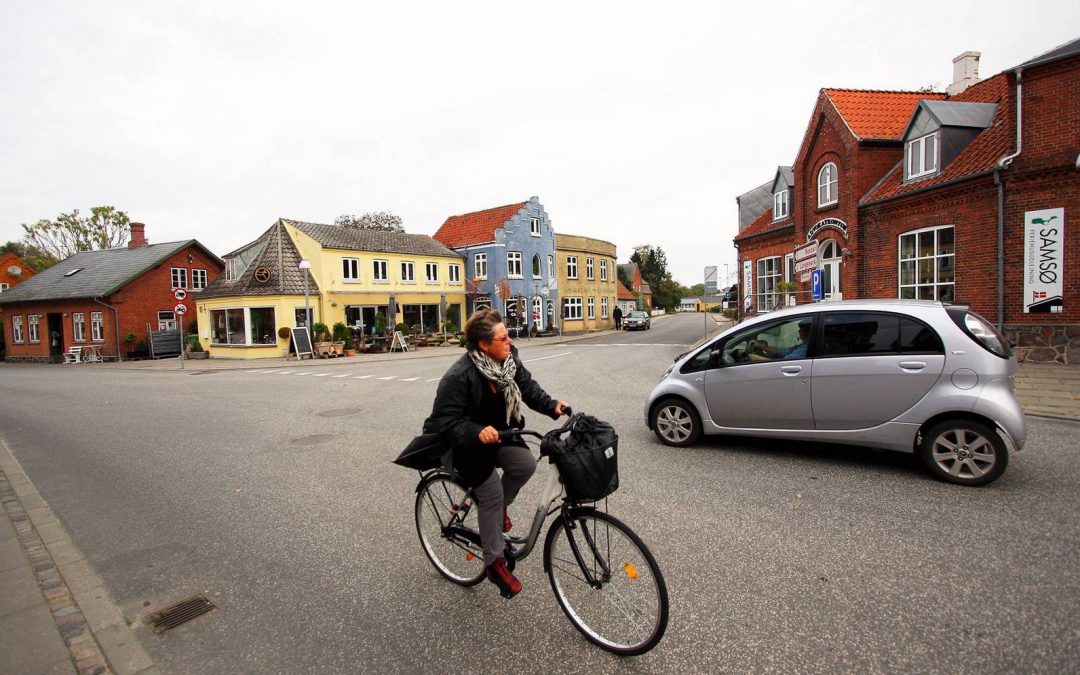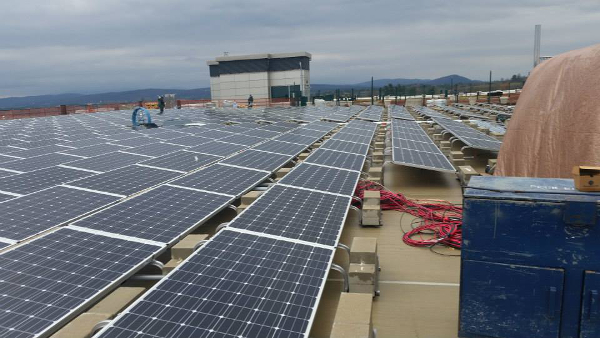
by GaiaInnovations | Jun 22, 2016
In 1997 Samsoe became Denmark’s (first) Sustainable Energy Island and achieved self-sufficiency in sustainable energy within 10 years. 100 % of Samsoe’s electricity consumption is generated by 11 land-based windmills, and 70 % of the heat comes from sustainable energy sources. The island is therefore 100 % CO2 neutral.

by GaiaInnovations | Jun 22, 2016
Burlington, Vermont is that state’s largest city, with a population of 42,000 people. It describes itself as “forward-thinking” which is what you’d expect from a city that once elected Senator Bernie Sanders as its mayor. So it’s no surprise that it recently became the first U.S. city of any decent size to run entirely on renewable electricity.
“Climate change is the biggest problem we face, maybe the biggest problem we’ve ever faced,” University of Vermont environmental science professor Taylor Ricketts told NPR. “But there’s no silver bullet to fix it. It’s gonna be a million individual solutions from all over the place. And this is one of Burlington’s, right?”
The city’s publicly owned utility, the Burlington Electric Department (BED), says in its mission statement, “BED will continue to be a leader in sustainability by producing power that is as clean and as locally produced as possible. BED will continue to treat the environment with the utmost respect and will continue to influence decisions and public policy that enhance environmental quality, the use of renewable resources, and the sustainability of Burlington.”
The city lives up to that mission by acquiring its energy in diverse ways, including biomass, hydroelectric, solar and wind. Its biggest power generator is hydro, which the city acquires from dams both locally and elsewhere in the region. Its biomass facility, the McNeil generating station, provides another 30 percent of its power. It runs on burning wood chips, although it can run on natural gas or oil on an interruptible basis. The wood chips are the residue of the region’s logging industry and come primarily from within 60 miles of the city, reducing transportation costs. Wind turbines and solar panels provide another 20 percent of its electricity.
Read more in EcoWatch

